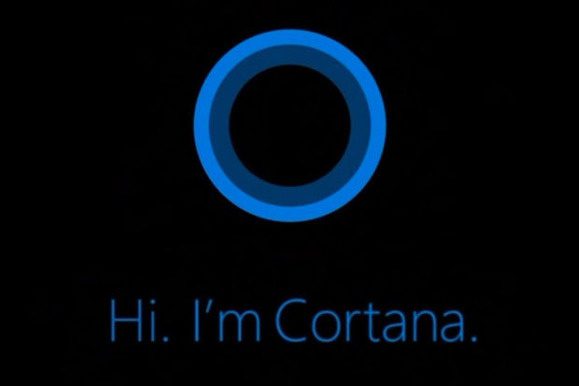Mobile Fraud Attacks Spiked 300% In Q1
Fraud attacks from mobile apps spiked by 300% in the first quarter of 2019, according to new researcher from RSA. Published today, the Fraud Attack Trends: Q1 2019 report found that the total fraud attacks from rogue mobile applications on January 1 was 10,390 but had jumped to 41,313 by March 31. Rogue mobile apps are those designed to […]
Mobile Fraud Attacks Spiked 300% In Q1 Read More »










